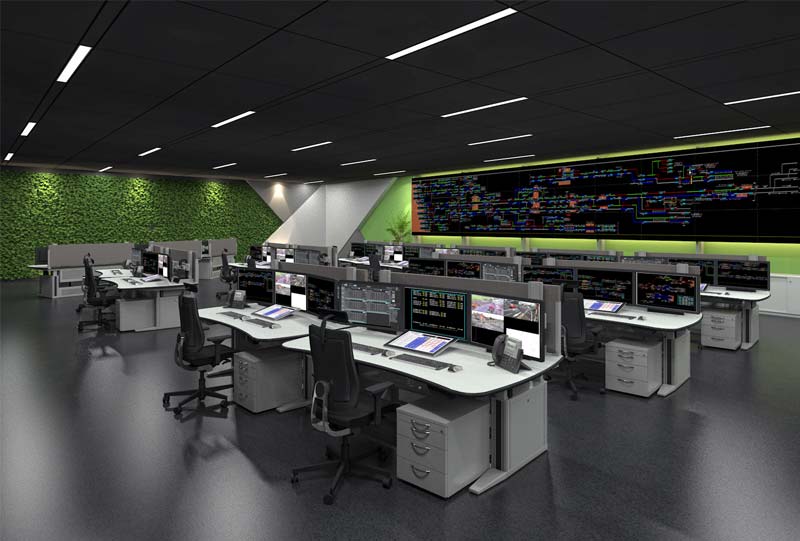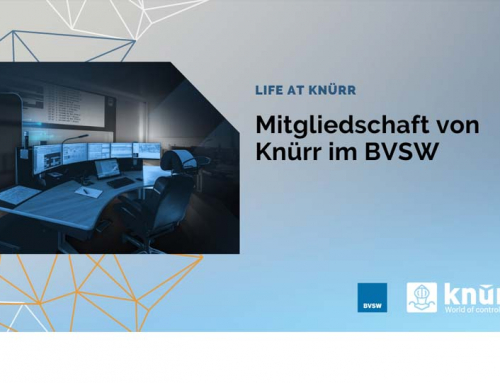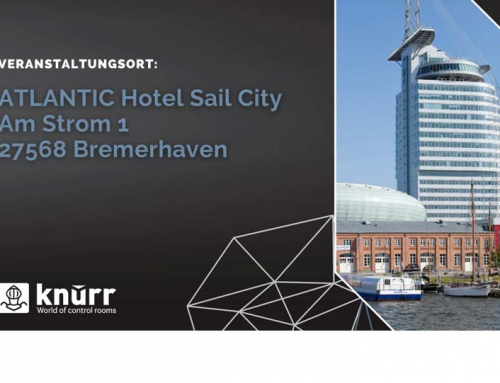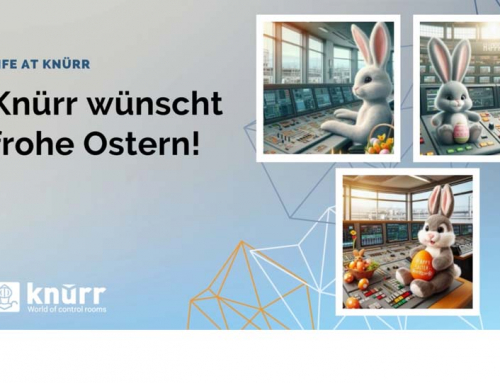Environmentally friendly behavior and a conscious use of resources have fortunately increased significantly in recent decades. This awareness does not only concern consumers, but also manufacturing companies to use raw materials and energy as efficiently as possible. In this context, the concept of sustainability already begins preventively with the development of a product. In particular, the analytical consideration of the entire product lifecycle from the selection of materials to recycling should be a fixed process of contemporary product development. Reactive aftercare should turn to proactive prudence in the sense of precautionary environmental protection.
In order to define the inflationary used term “sustainability” in this context, it should be noted that the target is to reduce resources and energy while increasing productivity. It also aims at using recyclable raw materials and renewable energy to minimize the impact on the environment and, at best, to manufacture only products for which there is currently demand. Achieving these seemingly competing goals in practice creates many challenges. With this background, sustainable product development should not only be pro forma recorded in the companies’ Integrated Management Handbook, but should rather be applied and internalized in daily work processes.
Although a large number of quality certificates serve as an orientation aid to establish comparable minimum standards, it remains questionable how companies behave outside of the audits. For example, REACH/RoHS regulates the limited use of hazardous substances in electrical components. PEFC/FSC, on the other hand, requests sustainable forest management. The almost antiquated Blue Angel eco-label is still present and sets demanding standards for environmentally friendly products and services. Environmental standards are of help for customers and companies to find their way through the jungle of these and other guidelines. The international standard ISO 14001 sets out consolidated requirements for the environmental management of organizations to improve their environmental performance and achieve defined targets in this context.
But what are the explicit benefits of sustainability in product development? As a manufacturer, you benefit in the long term from reduced material and energy consumption. Regularly questioning the status quo in order to produce more efficiently and use alternative, environmentally friendly materials. Especially if those would not have been possible to use with traditional production methods – this is part of a modern and sustainable product strategy. The public image of companies is also improved by “green” innovative products, which leads to a certain attractiveness as an employer. In an increasingly competitive international market, environmental protection and sustainability represent a serious competitive advantage, which often competitors (with low-cost production in Asia) do not fulfil. Also in respect to corporate social responsibility, environmentally conscious action should be a driver for corporate decisions.
As consumer demand increases, so does the pull for companies to offer ecologically sound products at a competitive price. In the medium term, consumer will also benefit, at the latest the early majority users. Innovative technologies or materials can also offer the advantage of longer lifetime and low wear and tear, as this can be seen in the example of LEDs. Designing products to be future-proof by making them modular and fixable is also entirely in line with sustainable product development ideology. If requirements change, it must be possible to expand without having to make a complete replacement investment. Defective individual components should be replaceable or repairable. This leads back to resource-saving production and thus low maintenance costs for customers.
Many manufacturers already act in an exemplary manner within the framework of comprehensive product lifecycle management. Studies also show that customers are increasingly willing to pay more for products and services if they are environmentally friendly. This also justifies higher development costs for sustainable products. Many resources are finally available, so the question is not WHETHER, but HOW a company addresses this issue. In the end, customer demand also determines the supply on the market, so it is up to each and every one of us to actively choose sustainable products from environmentally conscious manufacturers. Instead of the Idealo research and sorting according to the best price, such “green” criteria are fortunately being put more in the foreground of every purchase decision..
Author: Tim Holzapfel






